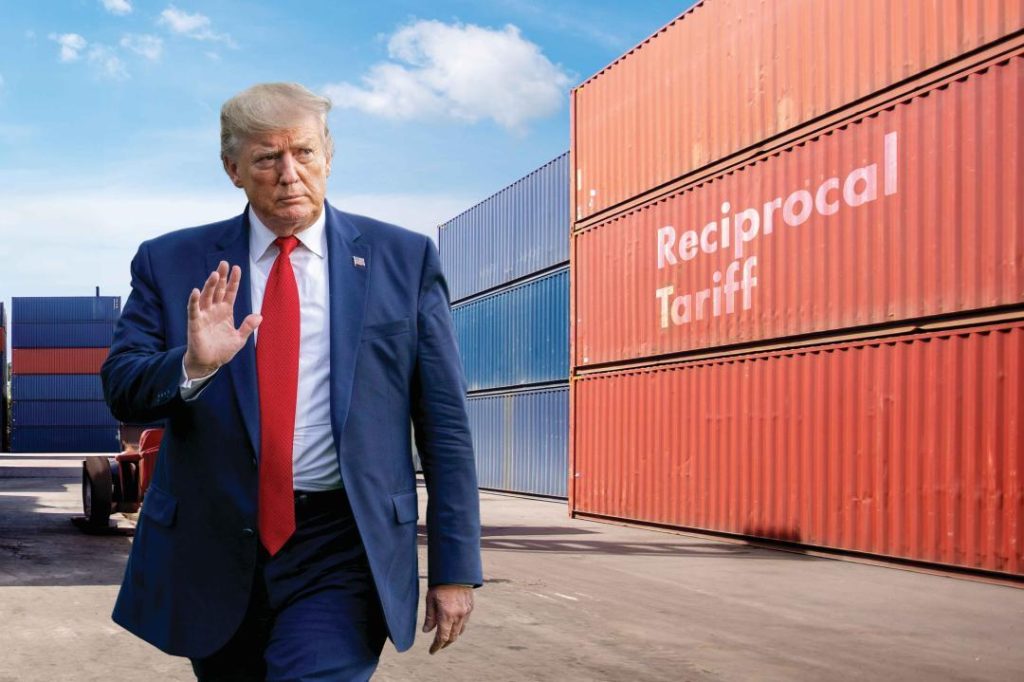
The Great Tariff War: Disruption, Diplomacy, & the Future of Trade
The world of international trade has been witnessing a significant shift in recent years, with tariffs and trade wars becoming the new normal. The latest development in this saga is the announcement of a new set of tariffs by the United States, aimed at China. This move has sent shockwaves across the global supply chain, impacting businesses and economies worldwide. In this blog post, we will delve into the implications of the tariff war, the opportunities it presents, and the future of trade in the context of ongoing diplomatic efforts.
The Tariff War: A Brief Overview
The tariff war between the United States and China is not a new phenomenon. The trade tensions began in 2018, when the US imposed tariffs on $50 billion worth of Chinese goods, citing concerns over intellectual property theft and forced technology transfer. China responded with retaliatory tariffs on $50 billion worth of US goods, including soybeans, aircraft, and automotive parts. Since then, the tariffs have been steadily increasing, with the latest developments seeing the US imposing a 10% tariff on $300 billion worth of Chinese goods.
The tariffs have been a contentious issue, with both sides refusing to back down. The US has accused China of unfair trade practices, including currency manipulation and intellectual property theft. China, on the other hand, has argued that the US is using tariffs as a way to impose its own economic standards on the global economy.
Impact on Global Supply Chains
The tariff war has had a significant impact on global supply chains, with businesses struggling to adapt to the new realities. Companies that rely heavily on Chinese imports have seen their costs increase, making it challenging to maintain profitability. Those that have attempted to diversify their supply chains have faced difficulties in finding alternative sources, given the complexity of global trade networks.
The impact of the tariff war can be seen in various industries, including:
- Technology: The tariffs have led to a shortage of semiconductor components, impacting the production of electronics and other high-tech products.
- Automotive: The tariffs have increased the cost of automotive parts, making it challenging for manufacturers to maintain their profit margins.
- Agriculture: The tariffs have had a significant impact on agricultural exports, particularly soybeans, which are a major crop for the US.
India: The Emerging Alternative to China
The tariff war has presented an opportunity for India to strengthen its position as a global manufacturing and logistics hub. As businesses look to diversify their supply chains, India’s strategic location, skilled workforce, and business-friendly environment make it an attractive alternative to China.
India has already seen an increase in foreign investment, particularly from the US, as companies look to take advantage of the country’s economic growth and trade agreements. The Indian government has also been actively promoting the country as a destination for foreign investment, with initiatives such as the “Make in India” program aimed at encouraging domestic manufacturing.
Ongoing Diplomatic Efforts
Despite the tariff war, diplomatic efforts are ongoing to resolve the trade tensions between the US and China. The two countries have been engaged in trade negotiations, with a focus on achieving a bilateral trade agreement that targets a $500 billion trade goal by 2030.
The negotiations have seen some progress, with the US and China agreeing to a phase-one trade deal in January 2020. The deal aims to address some of the key issues, including intellectual property theft and forced technology transfer. However, the deal has been criticized for not addressing the core issues driving the tariff war.
The Future of Trade
The tariff war has raised questions about the future of trade and the impact it will have on global economies. While the tariffs have been a contentious issue, they have also presented opportunities for businesses and economies to adapt and diversify.
As the world moves towards a more complex and interconnected global economy, it is essential to find ways to address the trade tensions and promote free and fair trade. The ongoing diplomatic efforts are a step in the right direction, and it is hoped that they will lead to a more stable and prosperous global trade environment.
Conclusion
The tariff war between the US and China has been a significant disruption to global trade, with far-reaching implications for businesses and economies worldwide. While the tariffs have presented challenges, they have also presented opportunities for India to strengthen its position as a global manufacturing and logistics hub.
As diplomatic efforts continue to resolve the trade tensions, it is essential to find ways to promote free and fair trade. The future of trade will be shaped by the decisions made today, and it is crucial that we work towards a more stable and prosperous global economy.
Source:
https://www.logisticsoutlook.com/supply-chain/the-great-trump-tariff-war






